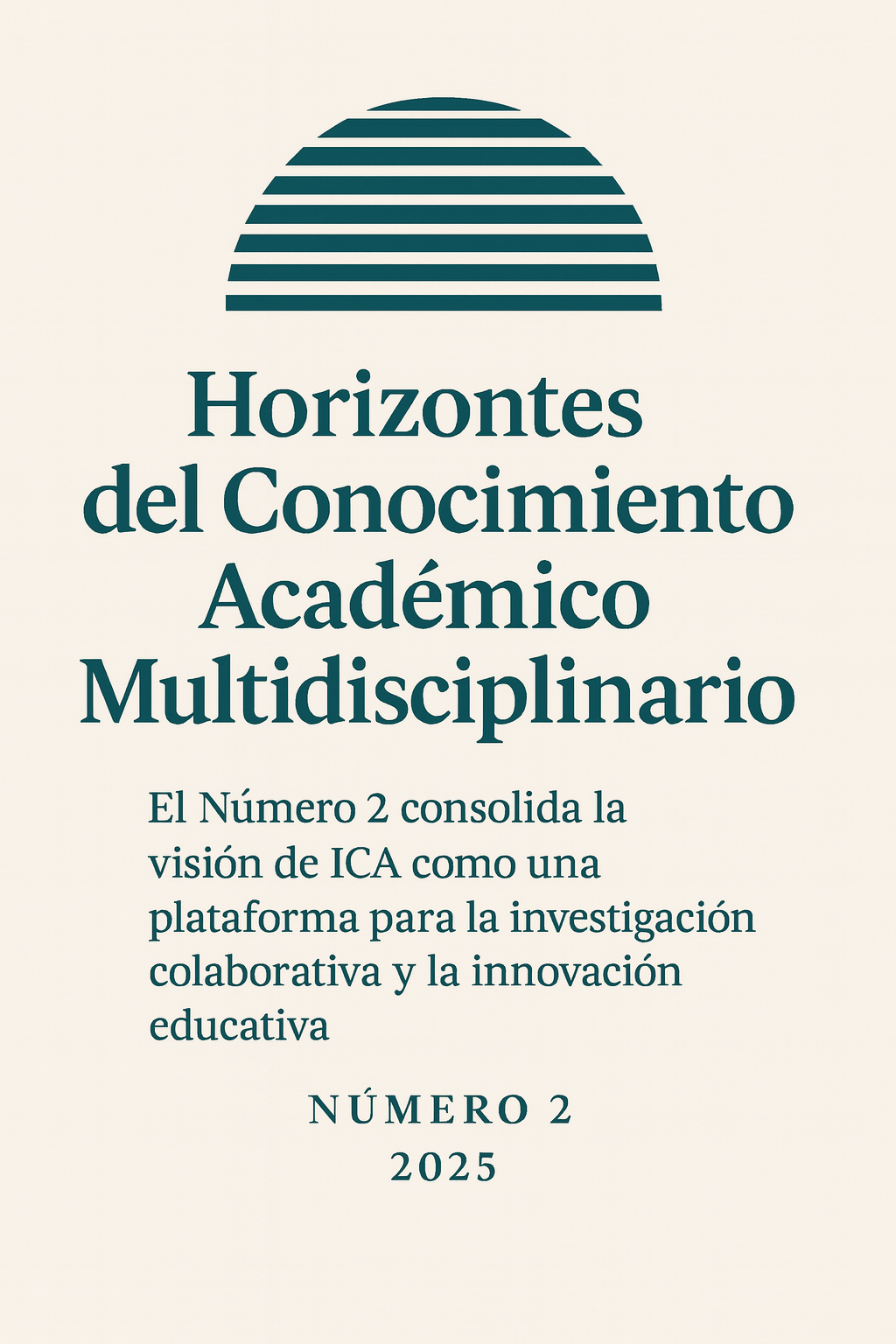Neuroeducación e Informática. Sinapsis digitales para el aprendizaje del Siglo XXI
Palabras clave:
neuroeducación, informática educativa, aprendizaje significativo, adolescencia, neurodidáctica, innovación pedagógicaResumen
El presente estudio analiza la relación entre la neuroeducación y la informática en el ámbito de la educación media ecuatoriana, con énfasis en su aplicación pedagógica en dos colegios y una escuela fiscal: la Unidad Educativa Fiscal Arnulfo Jaramillo Sierra, la Unidad Educativa Pablo Weber Cubillo y la Escuela de Educación Básica Fiscal Dr. Alberto Guerrero Martínez. Desde un enfoque mixto con predominio cualitativo, se exploraron las percepciones de docentes y estudiantes sobre el uso de recursos digitales aplicados con fundamentos neurodidácticos para fortalecer los procesos cognitivos y emocionales del aprendizaje. Se emplearon entrevistas semiestructuradas, encuestas y observación participante en aulas que integran tecnologías informáticas en su práctica docente. Los resultados evidenciaron que el uso pedagógico de las TIC estimula la atención, la memoria y la motivación intrínseca, al activar mecanismos de recompensa cerebral vinculados al aprendizaje significativo. Sin embargo, se detectaron limitaciones en la formación docente en neurociencia y una planificación insuficiente del uso tecnológico. Se concluye que la integración entre neuroeducación e informática permite diseñar experiencias de aprendizaje más activas, inclusivas y coherentes con el desarrollo neuronal y digital de los adolescentes del siglo XXI.
Descargas
Citas
Area-Moreira, M., Santana-Bonilla, P. J., & Sanabria-Mesa, A. L. (2020). La transformación digital de los centros escolares: Obstáculos y resistencias. Digital Education Review, 37, 15–31. https://doi.org/10.1344/der.2020.37.15-31
Cabero-Almenara, J., Barroso-Osuna, J., Palacios-Rodríguez, A., & Llorente-Cejudo, C. (2021). Digital competence of higher education professor according to DigCompEdu: Statistical research methods with ANOVA between fields of knowledge in different age ranges. Education and Information Technologies, 26, 4691–4708. https://doi.org/10.1007/s10639-021-10476-5
Clark, R. C., & Mayer, R. E. (2016). e-Learning and the science of instruction: Proven guidelines for consumers and designers of multimedia learning (4th ed.). Hoboken, NJ: Wiley.
Deci, E. L., & Ryan, R. M. (2000). The ‘what’ and ‘why’ of goal pursuits: Human needs and the self-determination of behavior. Psychological Inquiry, 11(4), 227–268. https://doi.org/10.1207/S15327965PLI1104_01
Damasio, A. (2000). The feeling of what happens: Body and emotion in the making of consciousness. New York, NY: Mariner Books.
Gardner, H. (2011). Frames of mind: The theory of multiple intelligences (Updated ed.). New York, NY: Basic Books.
Guba, E. G., & Lincoln, Y. S. (1994). Competing paradigms in qualitative research. In N. K. Denzin & Y. S. Lincoln (Eds.), Handbook of qualitative research (pp. 105–117). Thousand Oaks, CA: Sage.
Hattie, J. (2009). Visible learning: A synthesis of over 800 meta-analyses relating to achievement. London: Routledge.
Immordino-Yang, M. H. (2015). Emotions, learning, and the brain: Exploring the educational implications of affective neuroscience. New York, NY: W. W. Norton & Company.
Kandel, E. R. (2006). In search of memory: The emergence of a new science of mind. New York, NY: W. W. Norton & Company.
Kirschner, P. A., Sweller, J., & Clark, R. E. (2006). Why minimal guidance during instruction does not work: An analysis of the failure of constructivist, discovery, problem-based, experiential, and inquiry-based teaching. Educational Psychologist, 41(2), 75–86. https://doi.org/10.1207/s15326985ep4102_1
Mayer, R. E. (2021). Multimedia learning (3rd ed.). New York, NY: Cambridge University Press. https://doi.org/10.1017/9781108859101
Ministerio de Educación del Ecuador. (2022). Agenda Educativa Digital 2021–2025. Quito: MINEDUC. https://educacion.gob.ec/
Ministerio de Educación del Ecuador. (s. f.). Lineamientos tecnopedagógicos para el uso de plataformas digitales. Quito: MINEDUC.
Mora, F. (2017). Neuroeducación: Solo se puede aprender aquello que se ama. Madrid: Alianza Editorial.
OECD. (2020). OECD Digital Education Outlook 2021: Pushing the frontiers with AI, blockchain and robots. Paris: OECD Publishing. https://doi.org/10.1787/589b283f-en
Redecker, C. (2017). European framework for the digital competence of educators: DigCompEdu. Luxembourg: Publications Office of the European Union. https://doi.org/10.2760/159770
Sousa, D. A. (2022). How the brain learns (6th ed.). Thousand Oaks, CA: Corwin.
Tokuhama-Espinosa, T. (2018). Neuromyths: Debunking false ideas about the brain. New York, NY: W. W. Norton & Company.
Zimmerman, B. J. (2002). Becoming a self-regulated learner: An overview. Theory Into Practice, 41(2), 64–70. https://doi.org/10.1207/s15430421tip4102_2
Publicado
Cómo citar
Número
Sección
Licencia
Derechos de autor 2025 Investigación y Cultura Académica

Esta obra está bajo una licencia internacional Creative Commons Atribución-NoComercial-SinDerivadas 4.0.
